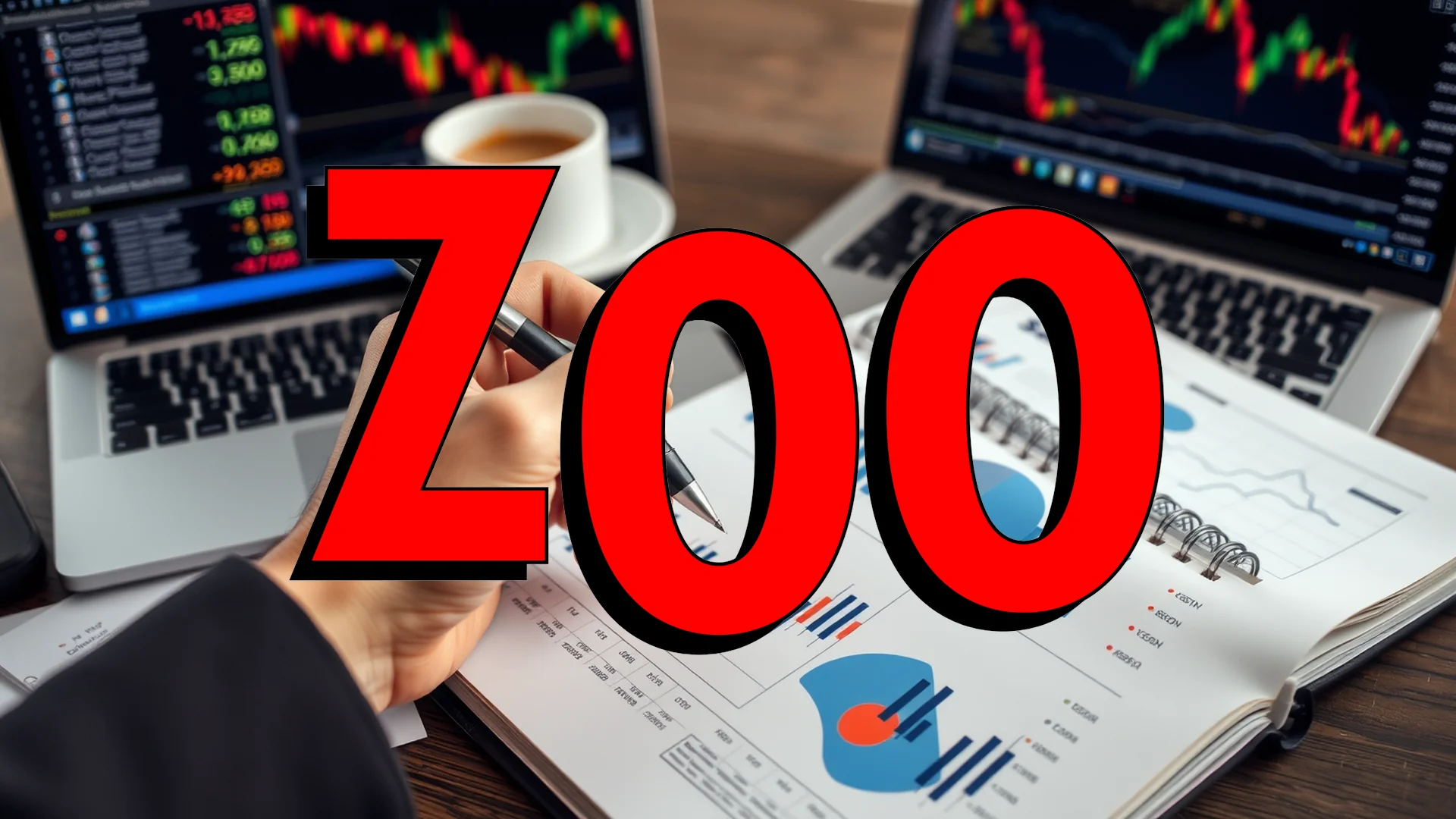The electric vehicle manufacturer Polestar Auto (ADR/A) finds itself navigating a complex financial landscape. Impressive delivery growth contrasts sharply with substantial cash burn, creating a classic growth-stage dilemma that has investors questioning the company’s path to sustainability.
H1 2025: A Tale of Contrasting Metrics
Polestar’s first-half 2025 results present a paradoxical picture. Retail deliveries surged by a remarkable 51%, reaching 30,319 vehicles, while revenue climbed 56% to $1.4 billion. Despite these robust growth figures, the company reported troubling profitability metrics. A GAAP gross margin of -43.07%, primarily driven by significant depreciation charges, and an earnings per share of -$0.49—missing analyst expectations by $0.35—highlight ongoing financial challenges.
Despite these mixed results, management maintains an optimistic outlook, projecting annual sales growth between 30-35% through 2027. However, the company’s decision to withdraw its specific annual guidance in late April 2025 has raised concerns among market participants about its near-term prospects.
Strategic Expansion Amid Financial Strain
Polestar is pursuing aggressive expansion as its primary growth strategy. The company entered its 28th market with a June 2025 launch in France and announced plans to manufacture the Polestar 7 in Košice, Slovakia, starting in 2028. This production partnership with Volvo Cars aims to significantly enhance European manufacturing capabilities.
The expansion strategy extends to distribution networks, with approximately five new sales locations opening monthly during the second quarter and 26 new retail partnerships established in the first half of the year. The Polestar 4 model has garnered industry recognition, receiving both the prestigious “Red Dot Best of the Best” award and a 5-star Euro NCAP crash test rating.
Should investors sell immediately? Or is it worth buying Polestar Auto.adr/a?
Funding Challenges and Regulatory Advocacy
The company’s financial pressures remain substantial. Polestar recently secured a $200 million investment from existing shareholder PSD Investment Limited, providing temporary relief to its liquidity constraints.
Concurrently, CEO Michael Lohscheller has joined other electric vehicle executives in lobbying EU officials to maintain 2035 zero-emission vehicle mandates. Clear regulatory frameworks represent a critical factor for capital-intensive manufacturers like Polestar operating with limited financial resources.
Market sentiment reflects these challenges, with shares trading near their 52-week low and having declined over 43% during the past year. Technical indicators show 69% bearish signals, while volatility exceeding 87% underscores investor uncertainty regarding the company’s future.
The fundamental question remains whether Polestar can successfully balance rapid expansion with financial sustainability. The coming quarters will prove decisive as the company works against mounting financial pressures.
Ad
Polestar Auto.adr/a Stock: Buy or Sell?! New Polestar Auto.adr/a Analysis from December 19 delivers the answer:
The latest Polestar Auto.adr/a figures speak for themselves: Urgent action needed for Polestar Auto.adr/a investors. Is it worth buying or should you sell? Find out what to do now in the current free analysis from December 19.
Polestar Auto.adr/a: Buy or sell? Read more here...











